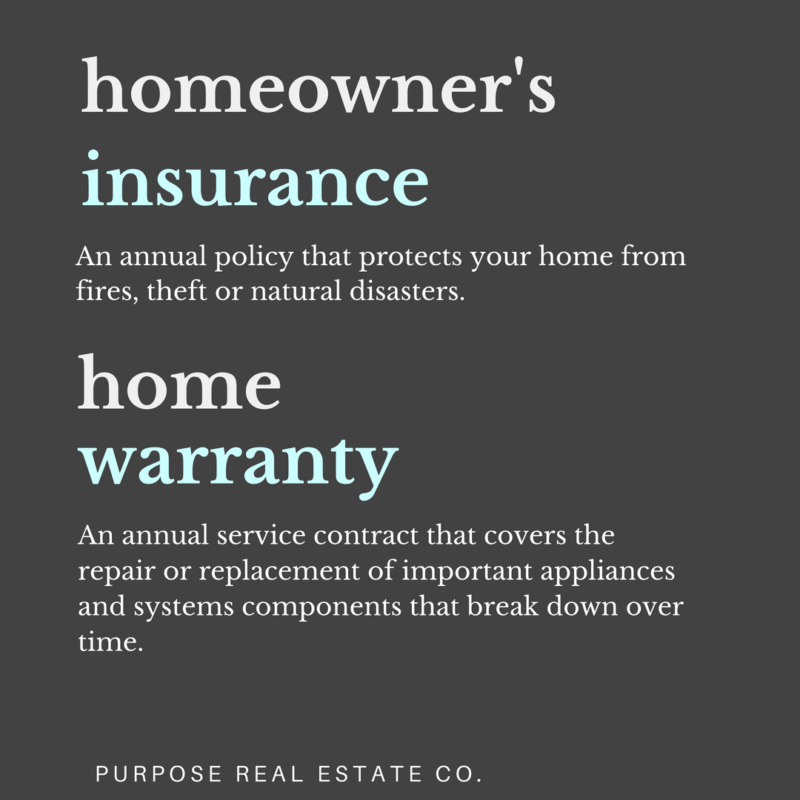How Pacific Prime can Save You Time, Stress, and Money.
How Pacific Prime can Save You Time, Stress, and Money.
Blog Article
The Single Strategy To Use For Pacific Prime
Table of ContentsThe 7-Minute Rule for Pacific PrimeEverything about Pacific PrimeThe 5-Minute Rule for Pacific PrimeNot known Facts About Pacific PrimeThe Ultimate Guide To Pacific Prime

This is due to the fact that the information were collected for a duration of solid economic performance. Of the approximated 42 million people that were without insurance, just about about 420,000 (regarding 1 percent) were under 65 years of age, the age at which most Americans become eligible for Medicare; 32 million were grownups between ages 18 and 65, about 19 percent of all adults in this age; and 10 million were kids under 18 years of age, about 13.9 percent of all kids (Mills, 2000).
These estimates of the number of individuals uninsured are created from the annual March Supplement to the Existing Populace Study (CPS), conducted by the Demographics Bureau. Unless otherwise kept in mind, national price quotes of individuals without health and wellness insurance policy and proportions of the populace with different kinds of coverage are based on the CPS, the most extensively made use of source of quotes of insurance protection and uninsurance prices.
Some Of Pacific Prime

Still, the CPS is particularly beneficial due to the fact that it generates yearly quotes reasonably swiftly, reporting the previous year's insurance policy coverage estimates each September, and because it is the basis for a consistent set of price quotes for greater than 20 years, permitting analysis of patterns in insurance coverage with time. For these reasons, in addition to the substantial use the CPS in various other studies of insurance policy protection that exist in this record, we rely upon CPS quotes, with restrictions kept in mind.

The price quote of the number of without insurance individuals expands when a populace's insurance condition is tracked for several years. Over a three-year duration beginning early in 1993, 72 million individuals, 29 percent of the united state populace, were without protection for at least one month. Within a single year (1994 ), 53 million individuals experienced at least a month without coverage (Bennefield, 1998a)
Six out of every ten uninsured grownups are themselves employed. Although working does enhance the likelihood that a person and one's member of the family will have insurance policy, it is not an assurance. Also members of families with 2 full time wage earners have virtually a one-in-ten possibility of being uninsured (9.1 percent without insurance rate) (Hoffman and Pohl, 2000).
All About Pacific Prime
New immigrants make up a substantial percentage of people without medical insurance. One evaluation has actually connected a substantial portion of the current discover this development in the size of the united state without insurance populace to immigrants who showed up in the nation in between 1994 and 1998 (Camarota and Edwards, 2000). Recent immigrants (those who concerned the USA within the previous four years) do have a high rate of being without insurance (46 percent), yet they and their children represent simply 6 percent of those without insurance nationally (Holahan et al., 2001).
The connection in between health insurance coverage and access to care is well established, as documented later in this chapter. The relationship between wellness insurance and wellness outcomes is neither straight neither simple, a comprehensive professional and health services research study literature links health insurance policy protection to better accessibility to care, better high quality, and improved individual and populace health condition.
Levels of evaluation for taking a look at the effects of uninsurance. It concentrates specifically on those without any kind of health insurance policy for any type of size of time.
Pacific Prime Can Be Fun For Everyone
The problems encountered by the underinsured remain in some aspects comparable to those faced by the uninsured, although they are normally less severe. group insurance plans. Uninsurance and underinsurance, however, involve distinctly different plan concerns, and the approaches for resolving them might vary. Throughout this research study and the five reports to adhere to, the major emphasis gets on individuals without health and wellness insurance policy and hence no help in paying for healthcare past what is readily available via charity and security net organizations
Health and wellness insurance is an effective aspect influencing invoice of care due to the fact that both patients and doctors respond to the out-of-pocket rate of services - https://www.domestika.org/en/pacificpr1me. Medical insurance, nonetheless, is neither essential neither adequate to gain access to medical solutions. However, the independent and straight impact of health insurance protection on access to health services is well developed.
Others will certainly acquire the healthcare they need also without medical insurance, by paying for it out of pocket or seeking it from suppliers who use treatment complimentary or at highly subsidized prices. For still others, health insurance alone does not make sure receipt of treatment due to various other nonfinancial barriers, such as a lack of wellness care companies in their community, restricted access to transport, illiteracy, or linguistic and social differences.
Fascination About Pacific Prime
Formal research study concerning without insurance populations in the United States dates to the late 1920s and very early 1930s when the Board on the Cost of Medical Treatment generated a series of reports regarding funding physician office visits and hospitalizations. This issue ended up being salient as the numbers of clinically indigent climbed up throughout the Great Anxiety.
Report this page